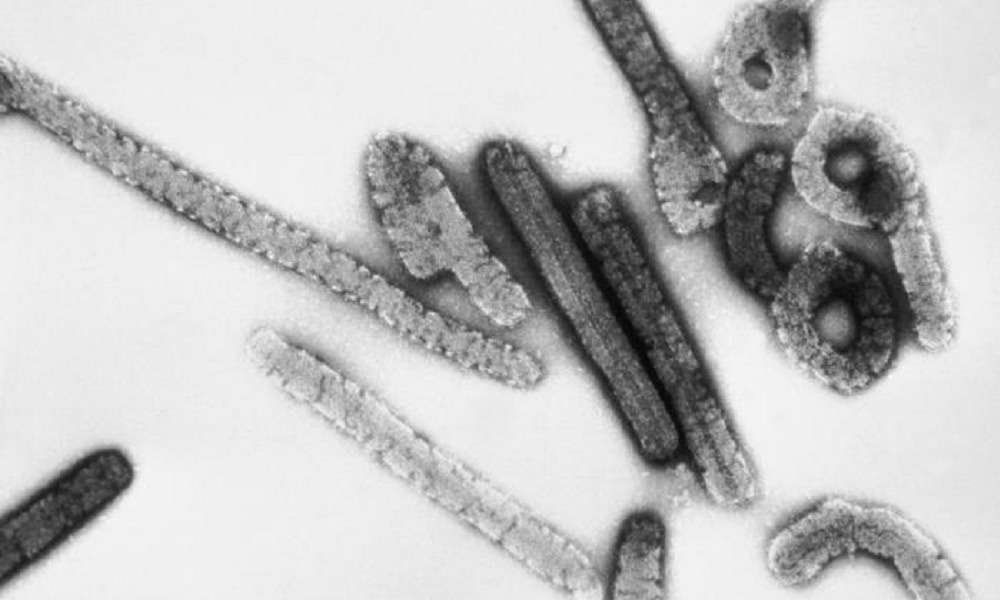Reviews
Choosing Between Breast Prosthesis and Reconstruction After Mastectomy

Undergoing a mastectomy is a life-changing experience one that involves not just physical recovery but emotional healing as well. For many women, deciding how to restore their body image afterward comes down to two primary options: using mastectomy breast forms or undergoing breast reconstruction surgery. Whether you opt for realistic breast forms worn in a breast form bra, or pursue a surgical solution, your decision should reflect your personal needs, lifestyle, and comfort.
What Is a Breast Prosthesis?
A breast prosthesis is an external form—typically made from silicone, foam/fiberfill, or custom materials worn inside a mastectomy bra or adhered to the skin to recreate breast shape and symmetry. Advantages include:
- Non-surgical: No additional operations required.
- Flexible wardrobe: Easily removed, changed in size or style.
- Quick restoration: Fit can begin soon after healing, especially with lightweight foam forms.
- Cost-effective: Often covered by insurance under federal law.
Drawbacks can include:
- Discomfort: Some forms may feel too warm or rub against sensitive skin.
- Maintenance: Requires regular cleaning and replacement every few years.
- Daily management: Needs correct placement and laundering coordination.
Types of prostheses include:
- Silicone full or partial forms: Closely mimic natural breast weight and feel
- Lightweight foam/fiberfill: Ideal for active days or sleeper bras.
- Stick‑on forms and partial shells: Provide minimal bulk and work under strapless clothing.
- Custom forms, like ABC Custom, match your body contours, weight, skin tone, and even help with cooling
What Is Breast Reconstruction?
Breast reconstruction is a surgical procedure that restores the shape and appearance of the breast using either implants or your own body tissue. While some women choose this option immediately after their mastectomy, others wait until after recovery or further treatment.
Implant-based Reconstruction
- Pros: Less invasive, shorter surgery; many women opt for immediate reconstruction during mastectomy.
- Cons: Implants may not feel entirely natural and often require future replacements or adjustments due to complications like capsular contracture or implant-associated lymphoma .
Autologous Tissue (Flap) Reconstruction
Uses your tissue from the abdomen, back, or thigh, such as DIEP or TRAM flaps
- Pros: Feels and ages naturally with your body.
- Cons: Longer surgery and recovery, plus donor-site healing and potential additional scarring.
Reconstruction may be immediate (during mastectomy) or delayed (after recovery or adjuvant therapy). Immediate reconstruction can help with psychological well-being and leverage existing tissue and skin .
Key Comparisons
| Factor | Breast Prosthesis | Reconstruction |
| Surgery | None | Required: implants or flap |
| Recovery | Minimal | Weeks to months |
| Appearance & Feel | Superficial; may shift | More natural; permanent |
| Maintenance | Cleaning and replacements | Monitor implant/flap health |
| Risks | Skin irritation; adhesive use | Surgical risks; complications |
| Cost | Insurance usually covers | Covered by law (WHCRA), but out-of-pocket varies |
| Flexibility | Remove anytime; style changes | Fixed postoperative result |
Emotional & Practical Considerations
- Symmetry & Self-Image: Both methods aim to restore symmetry and body balance. Prostheses can improve posture; reconstruction offers permanent restoration
- Skin & Scar Sensitivity: Prosthetic forms may cause rubbing or heat; custom forms can reduce irritation. Reconstruction avoids daily manipulation but carries surgical scars.
- Regrets & Satisfaction: Many women feel empowered by choosing a prosthesis—whether symmetrical or “flat”—and feel supported by custom forms or cosmetic options.
Physical Lifestyle: Prostheses, especially lightweight or stick-on styles, may be more practical for exercise or travel. - Long-term adjustment: Implants may need revisions; flap reconstructive work ages naturally but requires monitoring.
Making the Right Choice
Selecting between prosthesis and reconstruction depends on:
- Medical eligibility: Factors like body weight, smoking, and planned treatments influence reconstructive options.
- Lifestyle preferences: Consider how athletic you are and how much routine care you want.
- Personal comfort: If avoiding more surgery matters, prostheses allow non-surgical alternatives.
- Budget & access: Both options fall under insurance coverage (WHCRA), but verify coverage limits and supplemental costs.
- Body image: Some women choose to go flat, use patches, or partial forms—this path can feel both liberating and stylish.
Final Thoughts
Choosing between mastectomy breast forms and breast reconstruction is a deeply personal journey. Some women appreciate the flexibility and non-surgical nature of silicone breast forms, which offer comfort and realism when worn in a properly fitted breast form bra. Others prefer the permanence of reconstruction, seeking to restore their sense of wholeness through surgery.
The good news is: there’s no one right path—only what’s right for you. Whether you opt for the adaptability of realistic breast forms or the long-term results of reconstruction, your decision should support your physical healing and emotional well-being.
Take time to speak with medical professionals, certified mastectomy fitters, and—most importantly—listen to yourself. Whatever you choose, know that confidence, beauty, and strength are yours to

-

 World1 week ago
World1 week agoEthiopian volcano erupts for first time in thousands of years
-

 Health2 days ago
Health2 days ago8 kittens die of H5N1 bird flu in the Netherlands
-

 Legal6 days ago
Legal6 days agoUtah Amber Alert: Jessika Francisco abducted by sex offender in Ogden
-

 US News6 days ago
US News6 days agoExplosion destroys home in Oakland, Maine; at least 1 injured
-

 Health6 days ago
Health6 days agoMexico’s September human bird flu case confirmed as H5N2
-

 Legal3 days ago
Legal3 days ago15 people shot, 4 killed, at birthday party in Stockton, California
-

 World7 days ago
World7 days agoWoman killed, man seriously injured in shark attack on Australia’s NSW coast
-

 Health6 days ago
Health6 days agoMarburg outbreak in Ethiopia rises to 12 cases and 8 deaths




